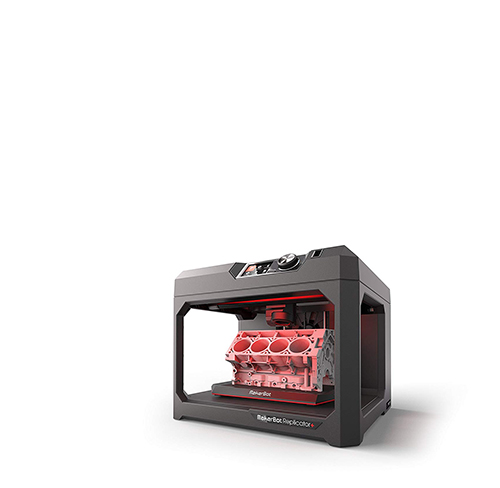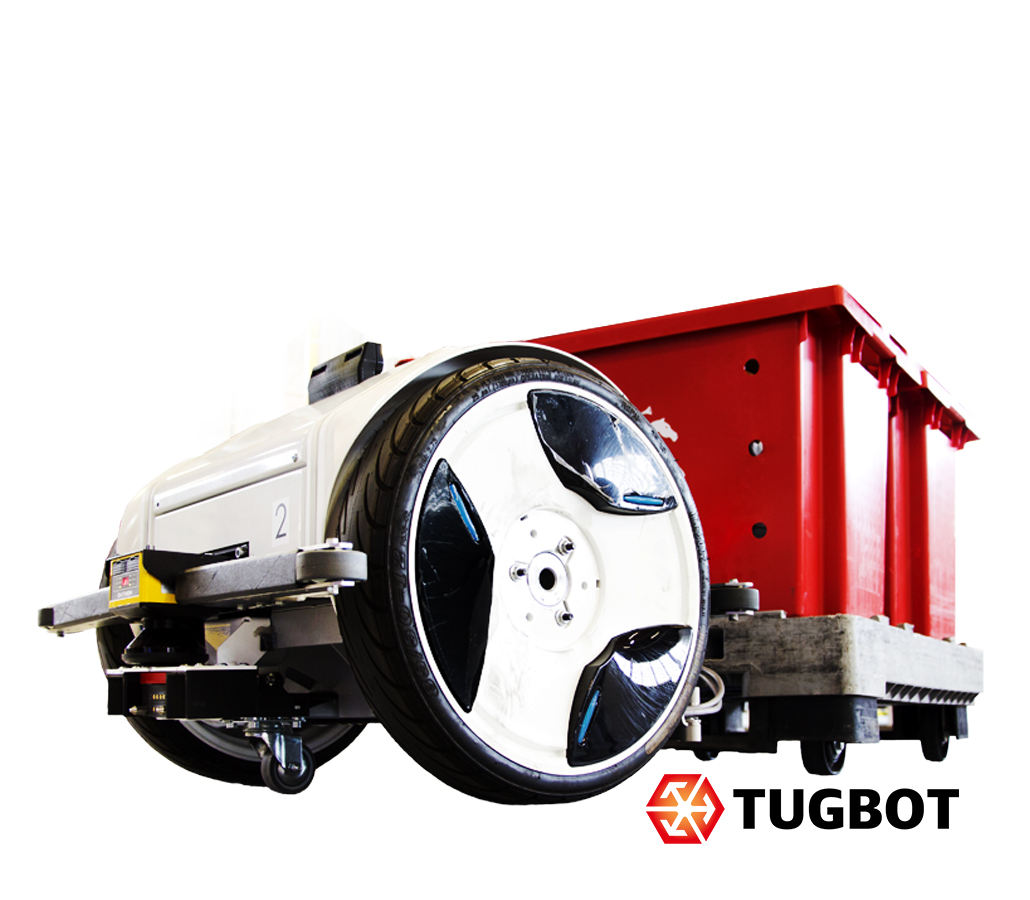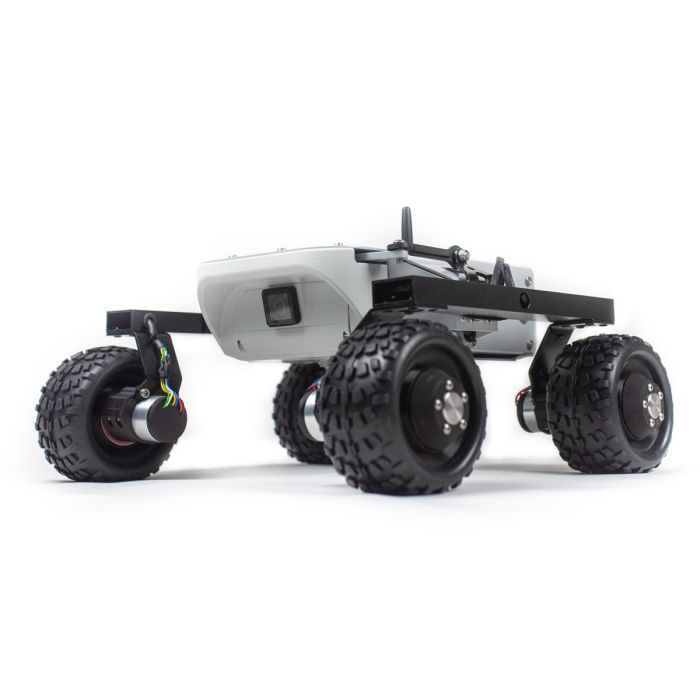All Categories
leoRover - Leo Rover (Assembled) v.1.8
£5,696.60 £4,747.17
SKU
leo-leorovera
Brand
Secured and trusted checkout with

Delve deep inside the Leo Rover robot
Leo Rover offers a wide range of connectors (SPI, USB, etc.) allowing you to add extra modules, for example an IMU for navigation, sensors or a LiDAR range finder. And because Raspberry Pi is synonymous with open source, you can develop your own DIY Martian rover as you see fit (no project is too small!). There is a vast community just waiting to help you work on your Leo Rover projects and discover new ones.

Built on a Raspberry Pi 3, the Leo Rover offers a wide range of connectors (SPI, USB, etc.) allowing you to add extra modules, for example an IMU for navigation, sensors or a LiDAR range finder. And because Raspberry Pi is synonymous with open source, you can develop your own DIY Martian rover as you see fit (no project is too small!). There is a vast community just waiting to help you work on your Leo Rover projects and discover new ones.
A WiFi range of up to 100 m
This Raspberry Pi mobile robot can generate a WiFi hotspot to which you can then connect simply using your tablet, mobile phone or computer. You will then benefit from a 2.4 GHz wireless connection covering a 100 m range, and can control your mobile robot remotely via MacOS, Android or Linux. Then launch the live video streaming to see through your rover’s eyes thanks to its on-board camera! Its intuitive live streaming software was inspired by the missions carried out by exploration robots on Mars.

Technical Specifications

Size
Weight: 6,5 kg
Dimensions: 447x433x249 mm
Payload capacity: ca. 5 kg
Upper platform mounting dimensions
Dimensions: 299 x 183 mm
Hole grid: 18 x 15 mm
Holes: 40 x Φ 7mm + 22 x Φ 5,5mm
Performance
Estimated maximum obstacle size: 70 mm
Protection rating: complies with IP66 (not certified)
Run time: Estimated 4 hrs of nominal driving
Connection range: Up to 100m (with live video stream)
Wheels
Motors: 4 x in-hub DC motor with 73.2:1 planetary gearbox and 12 CPR encoder
Wheel diameter: 130 mm
Tire material: rubber with foam insert (non-pneumatic)
Battery
Voltage: 11.1 V DC
Capacity: 5000 mAh
Type: Li-Ion with internal PCM
Short-circuit, overcurrent and overdrain safety features
Max. current: 8A (total for the whole Rover)
Speed
Max. linear speed: ca. 0.4 m/s
Max. angular speed: ca. 60 deg/s
Camera and network
Camera
Camera resolution: 5 MPx
Lens: Fisheye with 170 deg field of view (IR non-filtered; night-vision allowed)
Network
WiFi 2.4 GHz access point with external antenna
WiFi 2.4 GHZ + 5 GHz on internal RPi antennas for connectivity
Software
Operating system: Ubuntu 20.04 + Robot Operating System
Ready-to-go UI located under '10.0.0.1' when using standard Leo Software Image.
Open source firmware

Electronics
RaspberryPi 4B 2GB (or higher) as the main computer
LeoCore as real-time microcontroller: STM32F4 (@84MHz, 64KB RAM, 256KB Flash)
Connection interfaces
Externally available
1x waterproof microUSB socket
1x antenna RP-SMA male socket
1x 3-pin Weipu SP13 12V power socket
Internal open interfaces
RaspberryPi's: 2x USB, 20x GPIO, RJ45 Ethernet, 1x RPi display port, Bluetooth 5.0 with BLE
Controller
You need any web-enabled device to access stock UI under '10.0.0.1' in your browser.
Device requirements: Windows/Linux/Android/macOS
For easier development ROS on your device is highly recommended.
FAQ
How long does it take to assemble the Rover?
It should take you about 8 hours.
Do I need to buy anything other than Dev Kit to build the Rover?
No, the Kit is designed to include every component needed. The only things you need extra are tools.
What tools and knowledge do I need to assemble the Rover?
Basic workshop tools like soldering iron, metric hex-head, Philips-head and torx screwdrivers and flat wrenches. In case of knowledge, just basic skills and a lot of patience.
Can I write my own software to the Rover?
Yes, of course. The Rover is developer-ready. You can learn more on docs.leorover.tech or on Github. The software is open-source and written the way it's easy to navigate. On top of that our team can provide you support in case something is not clear.
Is the Rover autonomous?
By default Leo Rover is remotely controlled with video streaming and UI ready-to-go. It's not autonomous, but it's autonomy-ready. The software is based on Robot Operating System (ROS) which is known for easiness of autonomy and semi-autonomy features implementation. The simplest way is to add a lidar or streovision camera to enhance the Rover self-navigation and then build your features on top of that. The Rover itself has one front camera and 4 wheel encoders onboard, so it provides video streaming and basic odometry out-of-the-box.
Documentation
Docs: Leo Rover Knowledge Base
Still a work in progress, but it will be much more clear and understandable base of tutorials, assembly manuals and documentation than the original docs.
(older): leorover.gitbook.io/leorover/
It's the main source of tutorials, technical documentation and project. You can find assembly instructions there.
If you want to dig deeper in the Rover software, the best way is to check Github repositories readme. Full of information specific to the package.
There is as well another, company-wide repository which may be useful for software not directly related to Leo Rover. Sure worth checking once a while as we tend to build more and more tools over time.
More about ROS packages that we developed for Leo Rover software.
Other links
| Maximum Translational Velocity | 0.4 m/s |
|---|---|
| Maximum Rotational Velocity | 60 deg/s |
| Maximum Payload | 5 kg |
| Operating Time | 4 hrs of nominal driving |
| Dimensions | 447x433x249 mm |
| Weight | 6,5 kg |
| SBC | RaspberryPi 4B 2GB |
| CPU | Broadcom BCM2711, Quad core Cortex-A72 (ARM v8) 64-bit SoC @ 1.5GHz |
| GPU | Broadcom VideoCore VI |
| MCU | LeoCore as real-time microcontroller: STM32F4 (@84MHz, 64KB RAM, 256KB Flash) |
| Camera | Camera resolution: 5 MPx | Lens: Fisheye with 170 deg field of view (IR non-filtered; night-vision allowed) |
| Motors | 4 x in-hub DC motor with 73.2:1 planetary gearbox and 12 CPR encoder |
| Encoders | 12 CPR encoder |
| Battery | 11.1 V DC 5000mAh Li-ion |
| Wheels | Wheel diameter: 130 mm | Tire material: rubber with foam insert (non-pneumatic) |
| Connectivity | WIFI | microUSB | RP-SMA Male | |
| Open Source ROS (compatibility) | ROS1 / ROS2 |
| System | Ubuntu 20.04 |
Write Your Own Review
We found other products you might like!








































